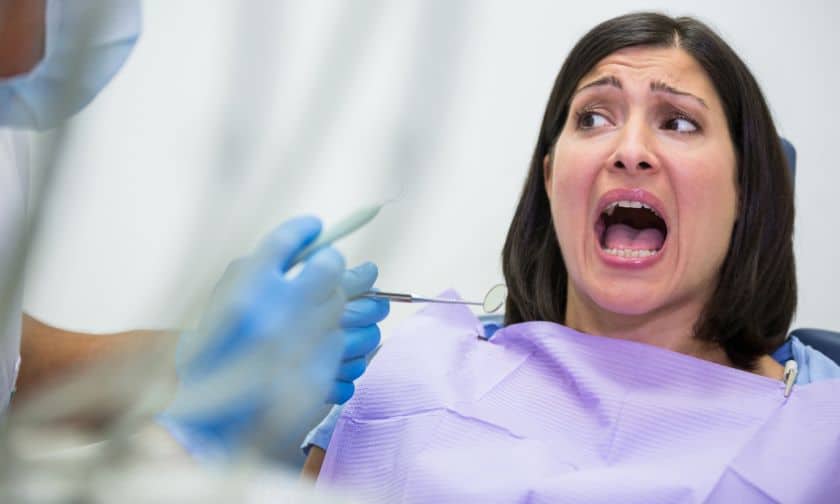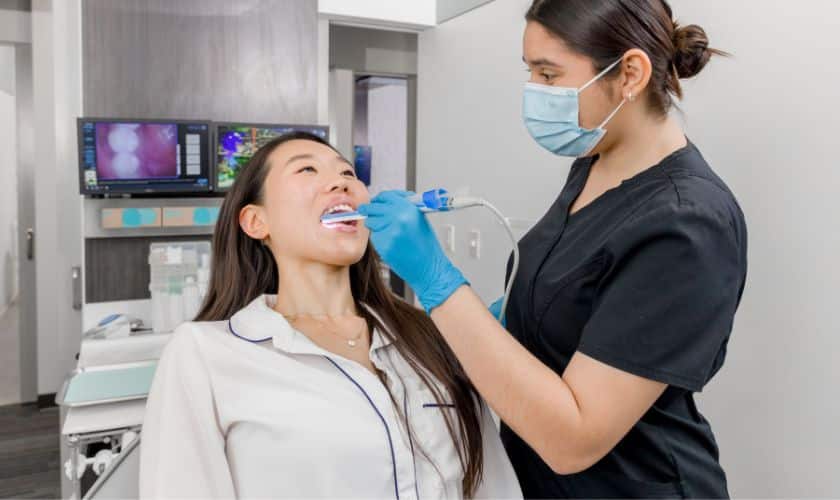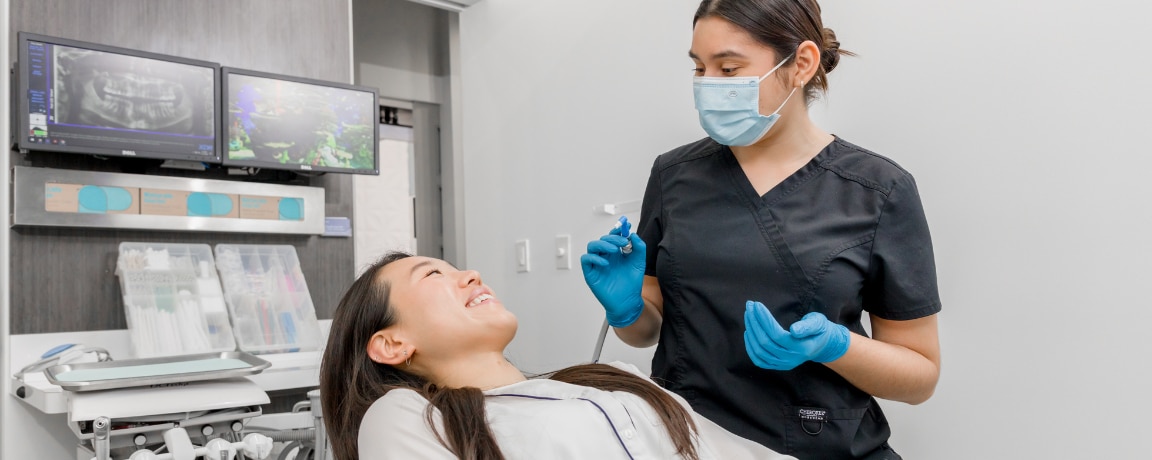Pearl Dental Blog

Dental Emergency Types and Ways to Deal With Them
Quick and appropriate action is crucial in emergencies to alleviate pain and prevent further dental complications. Dental emergencies can occur unexpectedly, from sudden toothaches to oral injuries, demanding immediate attention.
This blog explores various dental emergency situations and provides insights into the treatment options available for patients. By understanding the nature of dental issues and the steps to take, individuals can prepare ahead to handle such situations effectively, ensuring their oral health and well-being.
What is a Dental Emergency?
Dental emergencies refer to oral health conditions that require immediate attention to alleviate pain, prevent further damage, or save a tooth. Understanding what qualifies as a dental emergency can help patients respond appropriately and seek timely treatment.
Common indicators that it’s time for urgent dental care include severe toothaches, knocked-out or fractured teeth, lost fillings or crowns, excessive bleeding or soft tissue injuries, and orthodontic emergencies. When faced with such situations, contacting a dentist promptly and explaining the urgency to receive appropriate care is crucial.
Some Common Indications of a Dental Emergencies
The following covers some typical indications that require the intervention of an emergency dentist.
- Intense and persistent tooth pain, often indicating an infection or tooth decay
- A broken or chipped tooth resulting from trauma or biting on hard objects
- Complete displacement of a tooth due to accidents or injuries
- Cuts, tears, or bleeding in the gums, tongue, or lips caused by trauma
- Dental restoration falls out, exposing sensitive tooth structures
- Issues with braces, including broken wires or loose brackets
What Comes Under Urgent Dental Care?
Knowing the appropriate ways to treat the situation promptly is crucial when faced with a dental emergency. Here are some practical ways to address common dental emergencies:
Severe Toothache
– Use warm salt water to rinse your mouth and clean the area
– Utilize dental floss to remove debris between teeth
– Take over-the-counter pain relievers as directed for relief
– Apply a cold compress to reduce swelling and numb the area
– Contact a dentist for an evaluation and proper treatment
Fractured or Broken Tooth
– Rinse your mouth with warm water to clean the area
– Apply a cold compress to reduce swelling and relieve pain
– Save any broken tooth fragments
– Visit a dentist immediately for an examination and appropriate treatment, which may include dental bonding, veneers, or crowns
Knocked-Out Tooth
– Handle the tooth by the crown, avoiding touching the root
– Rinse the tooth gently with water if it’s dirty, but avoid scrubbing
– Try to reinsert the tooth into its socket, if possible
– If reinsertion is impossible, place the tooth in milk or a tooth preservation solution
– Seek immediate dental care, as there is a higher chance of saving the tooth if treated within one hour
Soft Tissue Injuries
– Rinse mouth properly and keep the area clean
– Apply gentle pressure with a clean cloth or gauze to control bleeding
– Use a cold compress to alleviate pain and reduce swelling
– Visit a dentist or oral surgeon for proper evaluation and treatment, especially for severe injuries that may require sutures
Lost Filling or Crown
– Clean the affected tooth gently with water
– Use over-the-counter dental cement or dental wax as a temporary filling
– Avoid chewing on the affected tooth
– Schedule an appointment with a dentist to have the filling or crown replaced or re-cemented
Orthodontic Emergencies
– For a loose or broken bracket, cover it with dental wax to prevent irritation
– If a wire is poking the cheek or gum, use a pencil eraser to push it into a more comfortable position
– Contact the orthodontist immediately for guidance and to schedule an appointment for repairs
Remember, while these steps can provide temporary relief and aid in managing dental emergencies, seeking professional dental care is essential for proper diagnosis and treatment.
Dental emergencies can be distressing! However, by being aware of the common situations and available treatment options, anybody can navigate these challenges more confidently. Promptly seeking professional dental care is crucial to prevent further damage and ensure the best possible outcome.
Maintain good oral hygiene, wear a protective mouthguard during physical activities, and schedule regular dental check-ups. Remain aware of your dental emergency needs to protect your oral health and respond appropriately when unforeseen circumstances arise.





